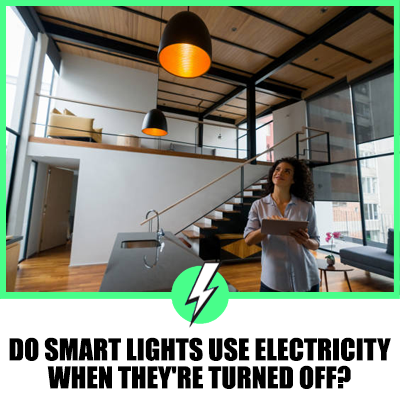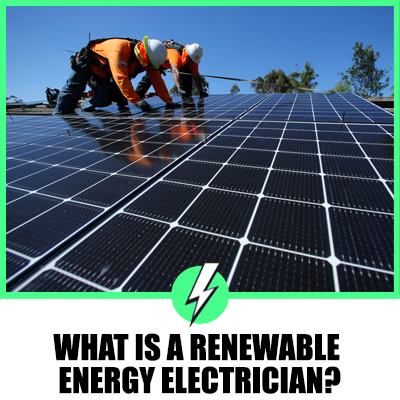Do Smart Lights Use Electricity When They’re Turned Off? A Comprehensive Guide for UK and US Homes
In the age of smart homes, where devices can be controlled with a simple voice command or a tap on a smartphone, smart bulbs have become a staple.
Both in the UK and the US, homeowners are rapidly adopting these bulbs for their convenience and advanced features.
But there’s a question that often lingers:
Do these bulbs consume electricity even when they’re not illuminating our rooms?

Contents
How Do Smart Bulbs Work?
Absolutely.
Smart bulbs, unlike their traditional counterparts, never truly ‘switch off‘.
Even when they’re not emitting light, they’re in a standby mode, awaiting commands from their paired devices.
Do Smart Bulbs Use Electricity When Off?
This standby mode consumes a minimal amount of electricity, often as minuscule as 0.2 watts.
Over a year, if a bulb remains in this mode continuously, it could cost around $8 in the US or approximately £6 in the UK, based on average electricity costs.
How Much Power Do Smart Bulbs Use When Off?
When fully lit, many smart bulbs operate between 7 to 9.5 Watts.
But when turned off, this consumption drops significantly.
Various studies, including those from UK and US energy departments, indicate that a smart LED bulb in standby mode might use about 0.2 watts of power.
While this might seem negligible, with multiple bulbs in a household, it can add up.
Smart Bulb Electricity Consumption
| Criteria | US | UK |
|---|---|---|
| Average Electricity Cost | $0.13 per kWh | £0.20 per kWh |
| Smart Bulb Power (On) | 7-9.5 Watts | 7-9.5 Watts |
| Smart Bulb Power (Off) | 0.2 Watts | 0.2 Watts |
| Annual Standby Cost (Per Bulb) | Approx. $2.28 | Approx. £3.50 |
Do You Leave Smart Bulbs On All the Time?
It’s a common practice in many UK and US homes to leave smart bulbs in standby mode, especially if they’re part of a broader smart home system.
They’re designed to be energy-efficient, even in standby.
However, for those keen on minimizing energy consumption, using scheduling features or smart plugs can ensure the bulbs are only active when necessary.
Standby Power
Relative to traditional bulbs, smart bulbs are champions of energy efficiency.
Their standby consumption might be slightly higher than standard LED bulbs, but the difference is often negligible.
For instance, a Philips Hue bulb, popular in both the UK and the US, at 95% brightness uses 8.5 watts.
When dimmed to 50%, it consumes just 3.2 watts.
Turning the Bulb Off at the Wall Switch?
While traditional bulbs don’t draw power when turned off, smart bulbs are a different story.
Their connectivity features mean they use a tiny amount of electricity in standby mode, akin to other devices like TVs or gaming consoles.
Are Standard LED Bulbs Cheaper to Run?
In both the UK and the US, discussions around standby power consumption are prevalent.
Smart bulbs, like many electronic devices, draw a small amount of power even when off.
This allows them to remain connected and responsive.
Do Smart Lights Use Less Power When Dimmed?
Yes, the brightness can affect the amount of power used.
For example, a Philips Hue white A19 bulb at 95% brightness uses 8.5 watts.
But when dimmed to 50%, it only uses 3.2 watts.
UK vs. US: A Comparative Look
In both the UK and the US, the adoption of smart bulbs is on the rise.
However, the energy costs and consumption patterns might vary.
In the US, with vast spaces and larger homes, the number of bulbs in a household might be more than in the UK.
This could lead to higher cumulative standby consumption.
On the other hand, the UK, with its strong focus on green energy and sustainability, has numerous initiatives promoting the use of energy-efficient devices, including smart bulbs.
In conclusion
Smart bulbs, while consuming some electricity in standby mode, offer a plethora of benefits that often justify their use.
As technology continues to advance, it’s crucial for homeowners, whether in the UK or the US, to stay informed and make environmentally conscious decisions.





